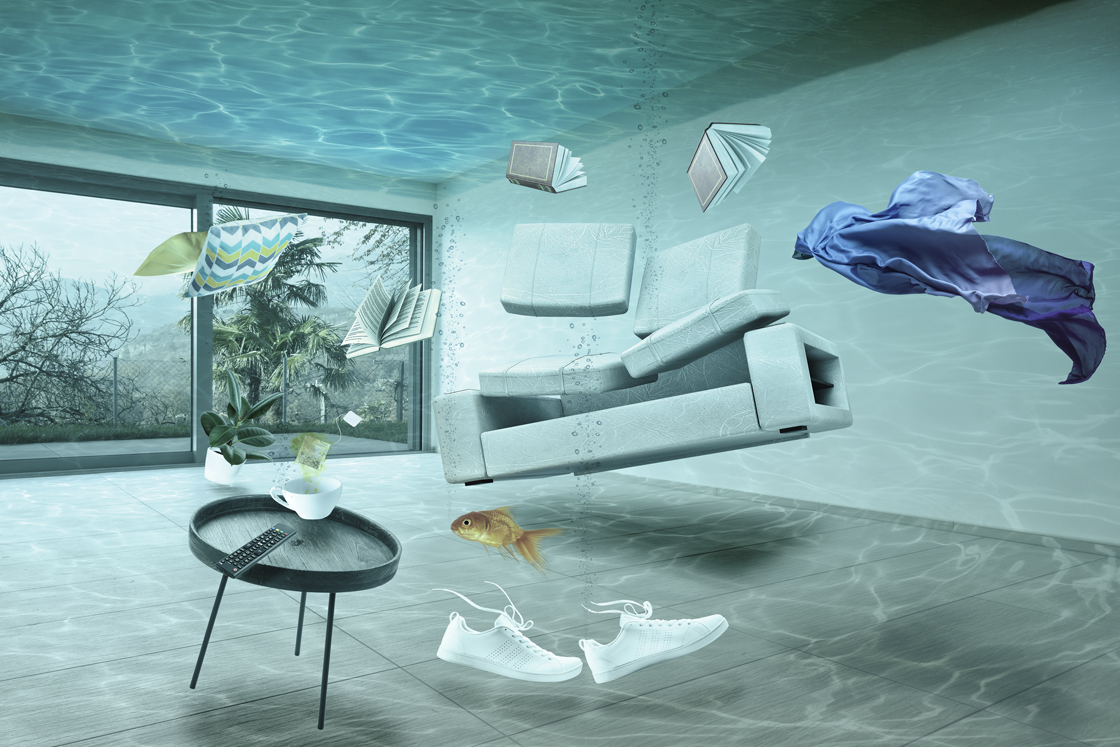Overview To Water Leakage Detection In Your Home
Overview To Water Leakage Detection In Your Home
Blog Article
What're your thoughts on Detecting hidden plumbing leaks?

Early discovery of dripping water lines can alleviate a possible catastrophe. Apart from conserving you cash, it will lessen the stress and aggravation. The minute you discover a leak, calling your plumber for fixings is the very best solution. Nonetheless, some little water leaks may not show up. Below are some hacks that help if you can not identify it with your naked eyes.
1. Analyze the Water Meter
Every residence has a water meter. Checking it is a proven way that assists you uncover leakages. For starters, shut off all the water resources. Ensure nobody will certainly flush, utilize the tap, shower, run the cleaning device or dish washer. From there, most likely to the meter and watch if it will alter. Given that no one is using it, there need to be no activities. If it moves, that suggests a fast-moving leakage. Similarly, if you detect no changes, wait an hour or 2 and also check back once again. This suggests you might have a slow leak that can also be underground.
2. Inspect Water Usage
If you detect abrupt adjustments, regardless of your usage being the exact same, it means that you have leaks in your plumbing system. An abrupt spike in your expense suggests a fast-moving leak.
Meanwhile, a constant rise each month, even with the very same routines, shows you have a slow leakage that's likewise slowly rising. Call a plumber to completely inspect your home, especially if you really feel a warm area on your floor with piping below.
3. Do a Food Coloring Test
30% comes from bathrooms when it comes to water usage. Examination to see if they are running effectively. Drop flecks of food color in the tank and wait 10 minutes. There's a leakage between the storage tank and bowl if the shade somehow infiltrates your bowl throughout that time without flushing.
4. Asses Exterior Lines
Do not fail to remember to examine your outdoor water lines as well. Examination spigots by connecting a yard hose. Must water permeate out of the connection, you have a loosened rubber gasket. Replace this and also ensure all connections are limited. If you've got an automatic sprinkler, it will assist get it properly analyzed as well as kept annually. One tiny leak can squander lots of water and also increase your water expense.
5. Assess the scenario and also inspect
Homeowners should make it a practice to check under the sink counters as well as even inside cabinets for any bad odor or mold and mildew development. These two red flags indicate a leak so prompt focus is called for. Doing regular examinations, also bi-annually, can conserve you from a major problem.
More importantly, if you understand your house is already old, keep a watchful eye on your heating systems, tubes, pipelines etc. Look for discolorations and damaging as the majority of pipes and devices have a life span. They will also normally weaken as a result of deterioration. Do not wait for it to intensify if you believe dripping water lines in your plumbing system. Call a professional plumber right away so you do not wind up with a horrible mess in your home.
Early detection of dripping water lines can alleviate a possible catastrophe. Some little water leakages may not be visible. Examining it is a surefire means that helps you find leakages. One small leakage can waste heaps of water and surge your water expense.
If you believe leaking water lines in your plumbing system, do not wait for it to escalate.
WARNING SIGNS OF WATER LEAKAGE BEHIND THE WALL
PERSISTENT MUSTY ODORS
As water slowly drips from a leaky pipe inside the wall, flooring and sheetrock stay damp and develop an odor similar to wet cardboard. It generates a musty smell that can help you find hidden leaks.
MOLD IN UNUSUAL AREAS
Mold usually grows in wet areas like kitchens, baths and laundry rooms. If you spot the stuff on walls or baseboards in other rooms of the house, it’s a good indicator of undetected water leaks.
STAINS THAT GROW
When mold thrives around a leaky pipe, it sometimes takes hold on the inside surface of the affected wall. A growing stain on otherwise clean sheetrock is often your sign of a hidden plumbing problem.
PEELING OR BUBBLING WALLPAPER / PAINT
This clue is easy to miss in rooms that don’t get much use. When you see wallpaper separating along seams or paint bubbling or flaking off the wall, blame sheetrock that stays wet because of an undetected leak.
BUCKLED CEILINGS AND STAINED FLOORS
If ceilings or floors in bathrooms, kitchens or laundry areas develop structural problems, don’t rule out constant damp inside the walls. Wet sheetrock can affect adjacent framing, flooring and ceilings.
https://www.servicemasterbyzaba.com/blog/how-to-detect-water-leakage-in-walls/

We are very focused on Locating water leaks and I hope you enjoyed reading the entire piece. Sharing is nice. You just don't know, you might be doing someone a favor. Bless you for your time. Please check up our website back soon.
Report this page